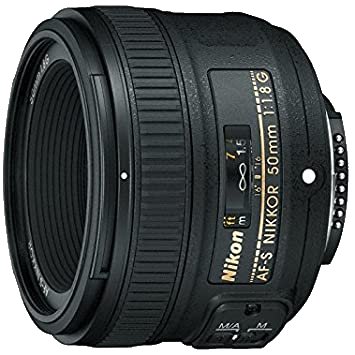If you are new to photography and have an interest in enhancing your photos with a new lens, we have options for you. In this article, we review the best camera lens depending on use.
The first thing to consider is what you are photographing, landscape, portrait, car, wildlife, food, astrophotography, and the list goes on. Newbie or expert, the decision on the best camera lens starts with deciding on the focus of your photo. Then you can consider. brand, compatibility, price, quality, and other aspects of the decision
Ultimately, mirrorless cameras and DSLRs allow you to swap lenses for different goals. Also, there are options for mobile phones on the market today. Since the lenses langer than camera bodies in most cases, it’s great to understand why lenses are so crucial for the perfect shot
Lens Compatibility
This is an important aspect to consider. For example, owners of Canon APS-C cameras, like any EOS Rebel, can use lenses designed for full-frame cameras. Owners of full-frame Canon DSLRs, like the EOS 5D IV, cannot use lenses designed for APS-C cameras.
Understanding what works for your setup is an important initial part of the camera lens decision making journey.
Lens Size
A 50mm like the Nikon 50mm f/1.8 lens is a no brainer. Every photographer needs a 50mm in their collection. Also, some say the 35mm lens closest approximates the field of view of the Mark 1 Mod 0 human eye minus the peripheral vision
Whether you own a Canon DSLR, Sony DSLR, or other SLR, ultimately your options include fixed focal length lenses (also called “prime lens”) like 14mm, 24mm, 35mm, 35mm, 50mm, 70mm, 100mm, 150mm, 600mm, etc. and variable focal length lenses like 10-20mm, 24-70mm, 70-200mm, 100-400mm, etc.
Best Phone Camera Lens Options
Let’s start with options for your mobile phone since everyone has one of those. Nowadays, all phones come with some amount of photo-taking capability. Even those with great resolution can improve their capabilities considering phone cameras cannot telescope and most of their photo-taking process is digital.
Fisheye lenses like the Criacr are popular with real estate agents to make areas look large and spacious. It’s compatible with iPhones, Android, and Google phones.
TOP DSLR Camera Lens Options
SLR owners are arguably the most fanatical about their camera lens options. Understanding your options are a great first step to enjoying your DSLR
The general lens categories are:
- Prime lenses: Fixed focal length so it can’t zoom in or out
- Zoom lenses: Lenses with a zoom ring
- Macro lenses: 1:1 ratio for close objects
- Other specialty lenses: This includes artistic & creative lenses
Check out the Nikon 50mm f/1.8G AF-S NIKKOR FX Lens. With its 8.5-centimeter max focal length, it’s a great beginner option.
TOP Mirrorless Camera Lens Options
Sony has had time to add specialist lenses, such as 600mm F4, 400mm F2.8, 100-400mm and 200-600mm telephoto options for the Sony E-Mount. Canon currently uses a variety of motors in its RF lenses: primarily using the company’s fast, smooth ‘Nano USM’ technology or the ring-type USM motors like with the RF 35mm F1.8
These tend to be easier to find lenses since there are less options. For example the Sony mirrorless cameras all use the same E-mount, with E lenses designed for APS-C-sized sensors and FE lenses for full-frame models
Best Lenses For Videos
Yes, many cameras have the capability to also take video. There are ideal camera lenses for this activity also. Catching moving items in the distance would require a different lens to an item up close. This is another area that DSLRs shine
The “Nifty Fifty” – Canon EF 50mm f/1.8 II is a popular option for the Canon fans. Canon makes 3 50mm lenses. I like the cheapest the best. At around $100 it’s a great deal.
The NIKKOR 14-24mm is known for its sharp lenses. The focal range of 14-24mm means you get a wide angle of coverage while maintaining incredible sharpness across the frame.
Conclusion
There is a lot to learn for the beginner when it comes to camera lenses. However, it’s easy for anyone to get started. From the mobile phone user to the individual with their first SLR, there are lots of options to consider.
Ultimately, for the mobile phone user you should consider starting with a nice fish eye lens. For the SLR owner, you should consider getting a 50mm or 35mm


